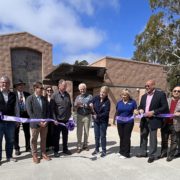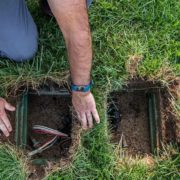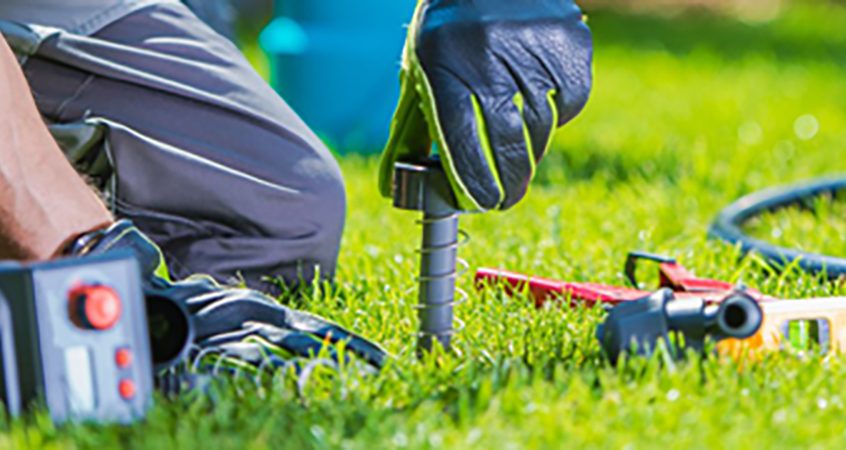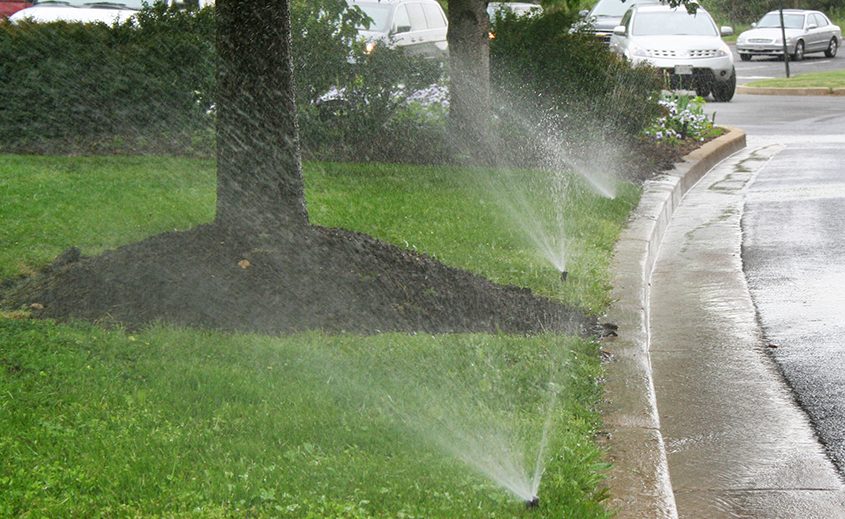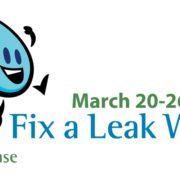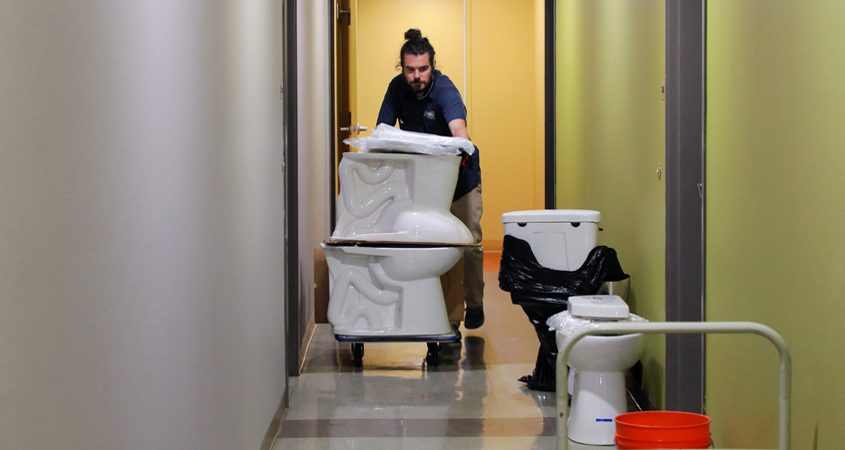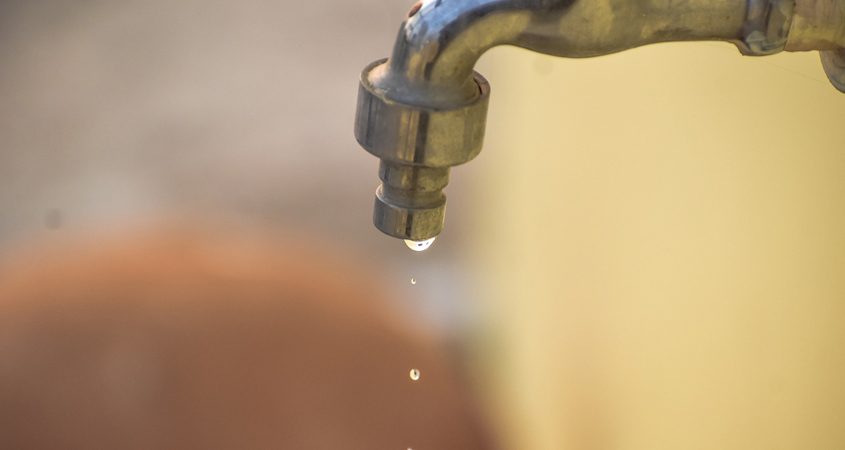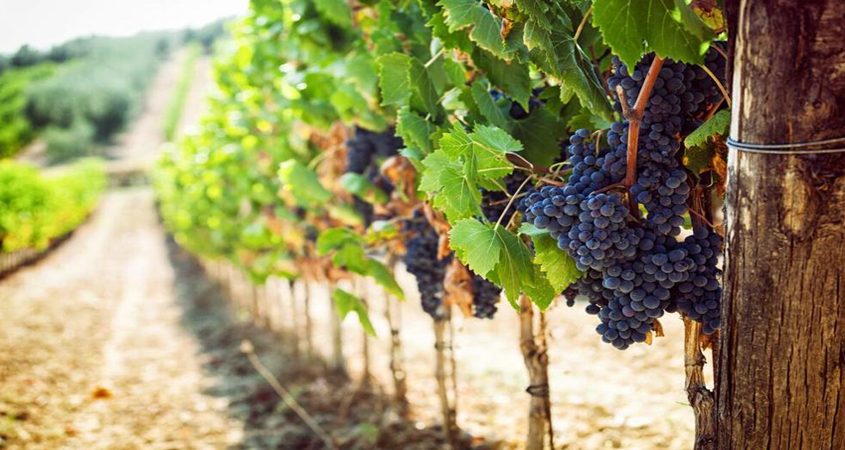OMWD’s Recycled Water Pipeline Reduces Imported Water
A new recycled water pipeline in Encinitas is helping to reduce the region’s dependence on imported water supply. The Olivenhain Municipal Water District, or OMWD, constructed the Manchester Avenue Recycled Water Pipeline Project to expand the availability of recycled water within the City of Encinitas.
Local, regional, state and federal officials celebrated the project‘s completion with a ribbon-cutting ceremony Tuesday at MiraCosta College. The officials highlighted the various funding sources for the new pipeline while also pointing out the various infrastructure projects online and under development to increase local water supply sources in San Diego County.
Sustainable local water supply
“Every drop of recycled water used on our landscapes replaces a drop of imported drinking water,” said OMWD Board President Christy Guerin. “With the ongoing challenges we’re facing on the Colorado River, expanding our recycled water distribution system to convert more customer irrigation systems to sustainable, local supplies is of paramount importance.”
Congressman Mike Levin attended the celebration along with representatives from Senator Catherine Blakespear’s office and Assemblymember Tasha Boerner Horvath’s, as did local agency partners San Diego County Water Authority, San Elijo Joint Powers Authority, and the City of Encinitas.
“Creating a water system that is not dependent on imported supplies is vital for the long-term sustainability of the region,” said Congressman Levin. “Every project that expands the use of recycled water lessens our dependance on imported supplies and improves our resiliency to future droughts. The collaborative approach taken by neighboring agencies to complete this project is an exemplary way to strengthen the region’s infrastructure.”
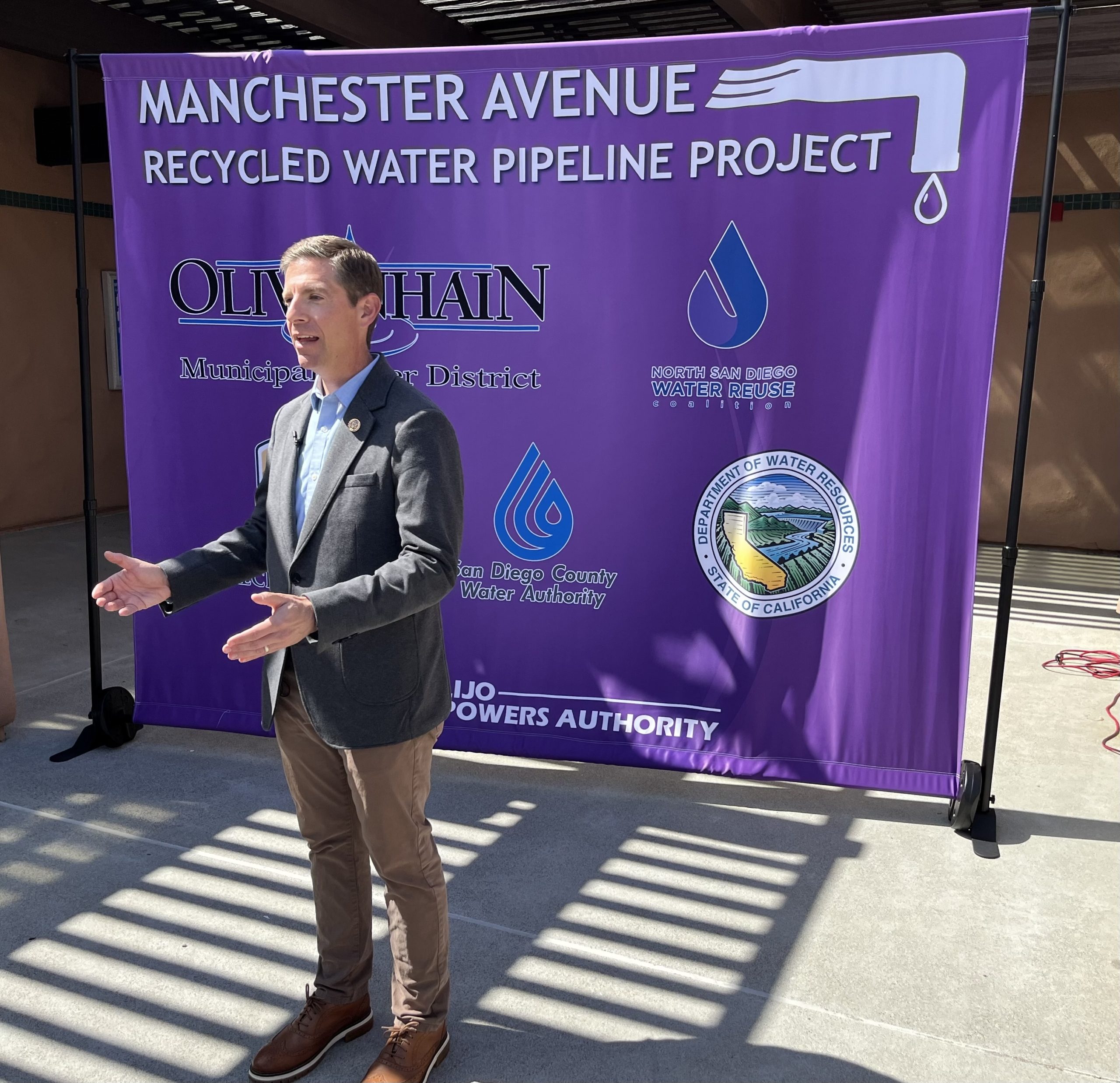
“Every project that expands the use of recycled water lessens our dependance on imported supplies and improves our resiliency to future droughts,” said San Diego Congressman Mike Levin. Photo: San Diego County Water Authority
“The completion of this project represents a necessary effort by numerous agencies to lessen the region’s dependence on imported water,” said Assemblymember Tasha Boerner Horvath. “The climate crisis is creating unpredictable weather patterns and we must invest in projects that will improve the region’s long-term resiliency to drought.”
Senator Catherine Blakespear said recycled water projects are becoming a critical tool in the fight against drought. “This project is a great example of how water agencies can work together to lessen our dependance on imported water supplies and create a more sustainable water supply portfolio,” said Blakespear.
Water conservation ‘A way of Life’
Water conservation is a way of life for all Californians, and San Diego residents have embraced water-efficiency. Over the past decade, residents and businesses across the county have adopted “WaterSmart” plants, irrigation technologies and habits that not only save money, but also create vibrant yards, reduce energy use, protect natural resources and reduce landscape maintenance.
The San Diego County Water Authority and its member agencies collaborate with organizations and other agencies to offer a variety of WaterSmart tools, including classes and rebates, along with a water-use calculator and other resources.
Local, regional, state and federal officials celebrated the completion of @OMWD's recycled water pipeline with a ribbon-cutting ceremony April 11 at MiraCosta College. https://t.co/36n5VKx6GY #cawater #WaterSmart @SaveOurWater #WaterRecycling pic.twitter.com/xX1ttUZqe8
— San Diego County Water Authority (@sdcwa) April 11, 2023
Collaboration to expand local drought-proof supply
The new pipeline is an element of the larger North San Diego County Regional Recycled Water Project, a collaborative effort among nine North County agencies that coordinate across jurisdictional boundaries. The recycled water being delivered through the new pipeline is produced at San Elijo Joint Powers Authority’s water reclamation facility in Cardiff.
“This project further expands the reach of our local recycled water system and makes drought-proof water for irrigation available for Encinitas’ schools, churches, and greenbelts,” said Encinitas Mayor Tony Kranz, “and it’s a great example of local agencies working together to develop cost-effective solutions for our residents.”
Reducing demand for imported drinking water
Expanding the use of recycled water for irrigation, as a renewable and locally produced water source, is an important strategy to reduce overall dependence on imported potable water.
OMWD has successfully converted Westmont of Encinitas to recycled water for landscape irrigation. The assisted living facility is the first of many customers along the Manchester Avenue and South El Camino Real corridor to tap into the newly installed recycled water pipeline.
Customers connecting to the new 1.4 mile six-inch diameter pipeline will irrigate with recycled water, reducing the demand for imported drinking water by more than 27 million gallons per year, according to the OMWD.
Additional customers along the corridor are working to convert their irrigation systems to accommodate the new recycled water supply, which will ultimately reduce demand for imported potable water by more than 27 million gallons every year.
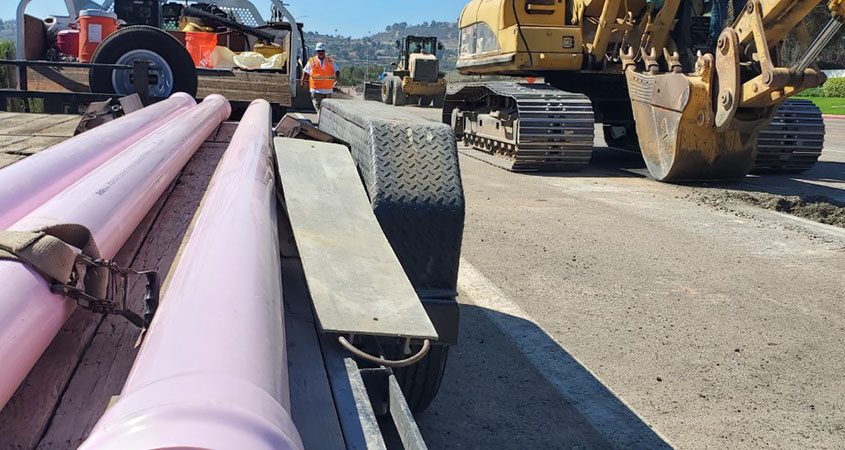
“Investing in drought-resilient supplies is a top priority and every new recycled water customer we connect to our distribution system decreases demand for imported water,” said OMWD Board Secretary Larry Watt. Photo: Olivenhain Municipal Water District
Brackish groundwater desalination
OMWD serves up to 15% of its overall demand from recycled water and continues to identify additional ways to make recycled water available to eligible customers. In addition to recycled water efforts, OMWD is working on an additional project to construct a brackish groundwater desalination plant to further diversify supplies and provide ratepayers with a local source of drinking water. These supply projects, combined with conservation efforts, will help to ensure that OMWD customers will have the water they need during future droughts.
The new recycled water pipeline is a collaborative effort among nine North San Diego County agencies that coordinate across jurisdictional boundaries.
(L-to-R: Lesley Dobalian/@sdcwa, Jack Simes/ @usbr Area Manager, Loisa Burton/@sdcwa, and Vic Nguyen/@CA_DWR Regional Manager) pic.twitter.com/oxazmuxVbd— San Diego County Water Authority (@sdcwa) April 11, 2023
New recycled water pipeline taps federal, state funding
The project was funded in part by a $600,000 Proposition 84, Round 4 grant and a $750,000 Proposition 1, Round 1 grant via the California Department of Water Resources Integrated Regional Water Management Program. The new recycled water pipeline is also part of a suite of projects receiving $23.9 million in funds from the US Bureau of Reclamation’s Title XVI Water Reclamation and Reuse Program.
The Olivenhain Municipal Water District is a public agency providing water, wastewater services, recycled water, hydroelectricity, and operation of Elfin Forest Recreational Reserve. Organized in 1959, OMWD currently serves approximately 87,000 customers over 48 square miles in northern San Diego County.
Today, OMWD celebrates the completion of the installation of the #ManchesterRecycledWater pipeline along with project partners @sdcwa, SEJPA, @usbr, and @CA_DWR. Thank you @RepMikeLevin, @SenBlakespear, @AsmTbh, and @Tony_Kranz for joining us! https://t.co/2ynSGfx2Sf pic.twitter.com/14Er9c9beI
— Olivenhain MWD (@OMWD) April 11, 2023
(Editor’s note: The Olivenhain Municipal Water District is one of the San Diego County Water Authority’s 24 member agencies that deliver water across the San Diego County region.)

